When laying the groundwork for a successful construction project, the planning stage is of paramount importance. Every intricate detail, from adhering to legal obligations and prioritizing safety measures to ensuring adequate worker amenities, must be meticulously considered.
This article will delve into the essential factors that contribute to a well-prepared construction site, with particular emphasis on a crucial yet often neglected aspect – construction site porta potty solutions. We will outline why these elements are essential and how to effectively incorporate them into your construction site planning.
Construction Site Porta Potty Solutions
For a construction site to function optimally, one often underappreciated aspect needs attention: sanitation facilities for the workforce. To meet legal obligations like OSHA requirements and promote a healthier, more productive work environment, the strategic inclusion of construction site porta potty solutions is essential.
The approach to providing these facilities goes beyond just having an ample number of porta potties. It also involves their strategic positioning for easy access, ensuring regular maintenance, cleanliness, and the constant availability of essential supplies like toilet paper and hand sanitizer.
This is where partnering with a reliable provider for construction site porta potty solutions can make a significant difference. These services, designed for both small-scale projects and large construction operations, take the hassle out of sanitation management, ensuring that your site maintains high sanitation standards.
Porta potty rentals not only cater to the diverse needs of your construction site but also handle the nitty-gritty – delivery, setup, cleaning, and eventual removal of the units. In this way, they provide a comprehensive solution to your construction site’s sanitation needs. By ensuring adequate sanitation, your site not only meets legal requirements but also fosters a more productive and healthier work environment.
Legal Considerations
Prior to the initiation of any construction project, it is imperative to acquaint yourself with the applicable laws, permits, and regulations. Non-compliance could lead to severe consequences, including hefty fines or complete project shutdowns. You must ensure your site is appropriately zoned for construction, has all necessary building permits, and complies with all local, state, and national construction codes.
To navigate the labyrinth of legal considerations, OSHA’s construction site preparation guidelines are an invaluable resource. This comprehensive guide sheds light on the legalities surrounding construction projects, including health and safety regulations, labor laws, and environmental guidelines. By adhering to OSHA’s guidelines, you are not only fulfilling your legal obligations but also promoting a safe, efficient, and productive construction site.
Safety Considerations
Construction sites can potentially be a hotbed of hazards. Therefore, implementing safety measures to mitigate these risks is a critical aspect of planning. Providing personal protective equipment (PPE) to all workers, installing clear and adequate signage to guide them, and ensuring safe operation of machinery and tools are some of these essential steps.
Further, having well-defined emergency protocols is a must. This includes well-articulated procedures for reporting accidents, having on-site first aid resources, and clearly marked evacuation routes for severe incidents. Regular safety training sessions foster a culture of safety awareness, ensuring all employees are well-equipped to respond swiftly and appropriately in the face of any emergency.
Environmental Considerations
In this age of increased environmental awareness, construction projects should take into account their environmental impact. One of the first steps involves conducting an environmental impact assessment (EIA) to identify potential ecological effects and devise strategies to mitigate them.
Key considerations include efficient waste management to reduce the amount of debris ending up in landfills, responsible sourcing of construction materials to minimize ecological footprint, and implementing energy-saving measures on-site. It’s also crucial to consider the impact of noise and dust pollution on the surrounding communities and take measures to limit them.
Consistently monitoring and managing your environmental impact not only fulfills legal obligations but also enhances your company’s reputation for corporate responsibility and sustainability.
Worker Comfort and Amenities
A construction site is essentially a temporary workplace for your team, and providing appropriate amenities significantly contributes to their comfort, satisfaction, and productivity. In addition to sanitary facilities, consider elements such as break areas, drinking water provision, and protection from harsh weather conditions.
Break areas should be clean, comfortable, and shaded, providing workers with a place to rest and recharge. On-site access to drinking water is not just a legal requirement but also an essential health consideration, especially during hot weather.
When planning for weather protection, consider both summer and winter conditions. This could include installing fans or cool-down areas for hot days and heaters or covered areas for cold, wet conditions.
The consideration given to worker comfort reflects directly on job satisfaction, productivity, and ultimately, the success of your construction project.
Final Thoughts on Construction Site Planning
The planning stage of a construction site is a complex, multifaceted task. It calls for a comprehensive understanding of legal obligations, an unwavering commitment to safety, and a keen dedication to addressing the needs of your workers. By ensuring your construction site adheres to OSHA’s construction site preparation guidelines and implementing effective construction site porta potty solutions, you pave the way for a safe and hassle-free construction experience.

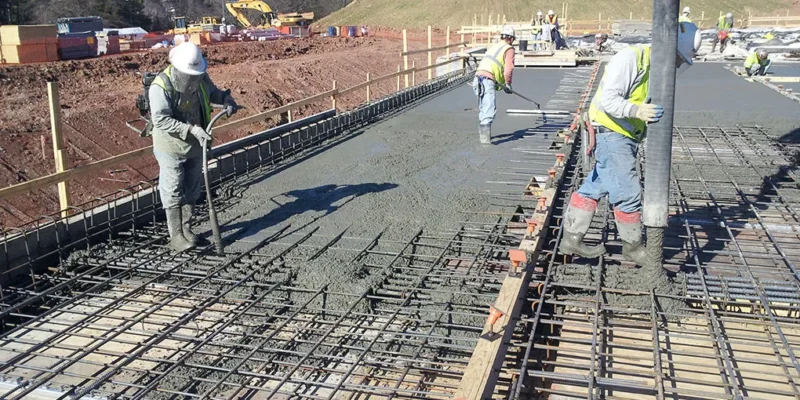
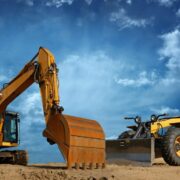
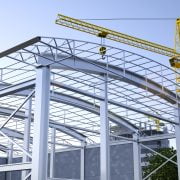

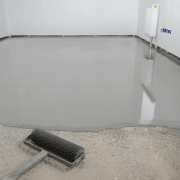


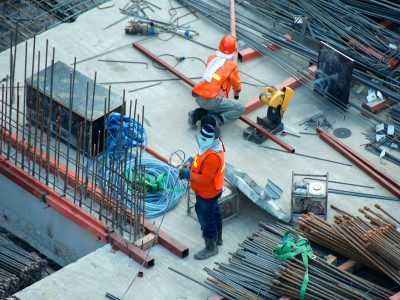




Comments